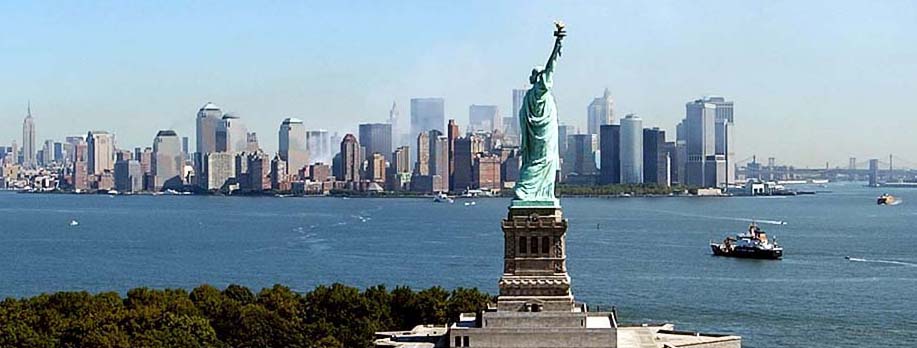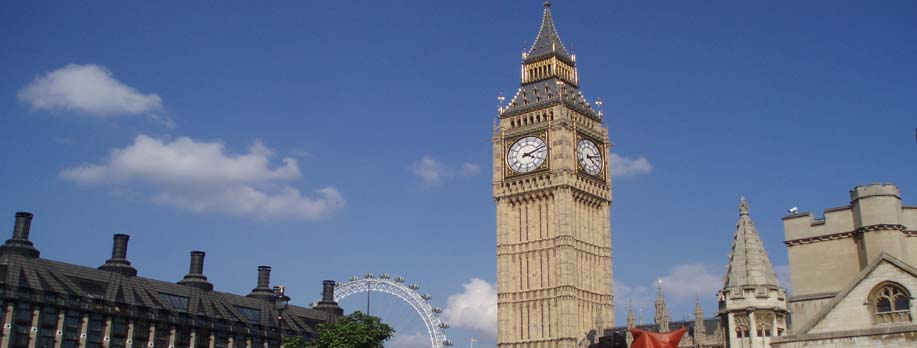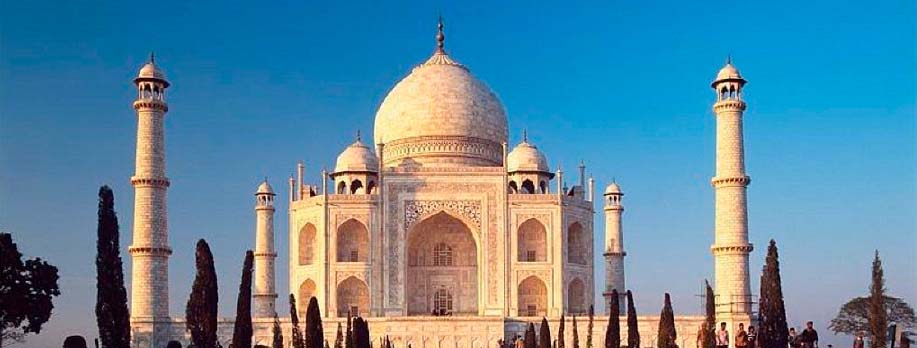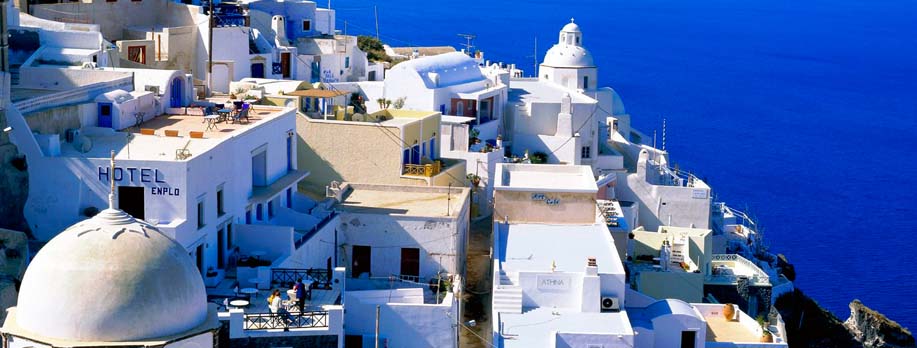|
One of the oldest cities in South India, Madurai has been the centre of learning and pilgrimage for centuries. Spread along the rocky banks of the river Vaigai in the state of Tamil Nadu, this modern industrial city is today famous as a temple town. The history of Madurai dates back to prehistoric times. Archaeological evidences unearthed from this region suggest the existence of settlements in the Megalithic Age and the Neolithic Age. The earliest recorded history of Madurai, available from the fourth century BC, can be found in the Tamil and Greek documents. The ancient city had links with Greece and Rome and traded primarily in spices. Madurai also finds mention in many ancient texts and especially the Puranas, where sage Agastya eulogizes the greatness and glory of the city. The city of Madurai has been ruled by various dynasties. The Cholas took over the city in the 10th century AD. The Pandyas regained control in the 12th century AD, only to loose it again to the invaders under Malik Kafur. In 1364, the Vijayanagar kingdom was established with the overthrowing of the dynasty established by Malik Kafur. The Nayaks, who were the local governors of Madurai, took over the city after the fall of the Vijayanagar kingdom in 1565 and ruled it till 1781. It was during this period that Madurai reached its cultural zenith. The city was taken over by the British East India Company in 1801. The summers in Madurai can get very hot with the with temperature going up to around the 40°C. Winters are the best season to visit the city, as the daytime temperature is around 20°C making it pleasant for all excursions. |










